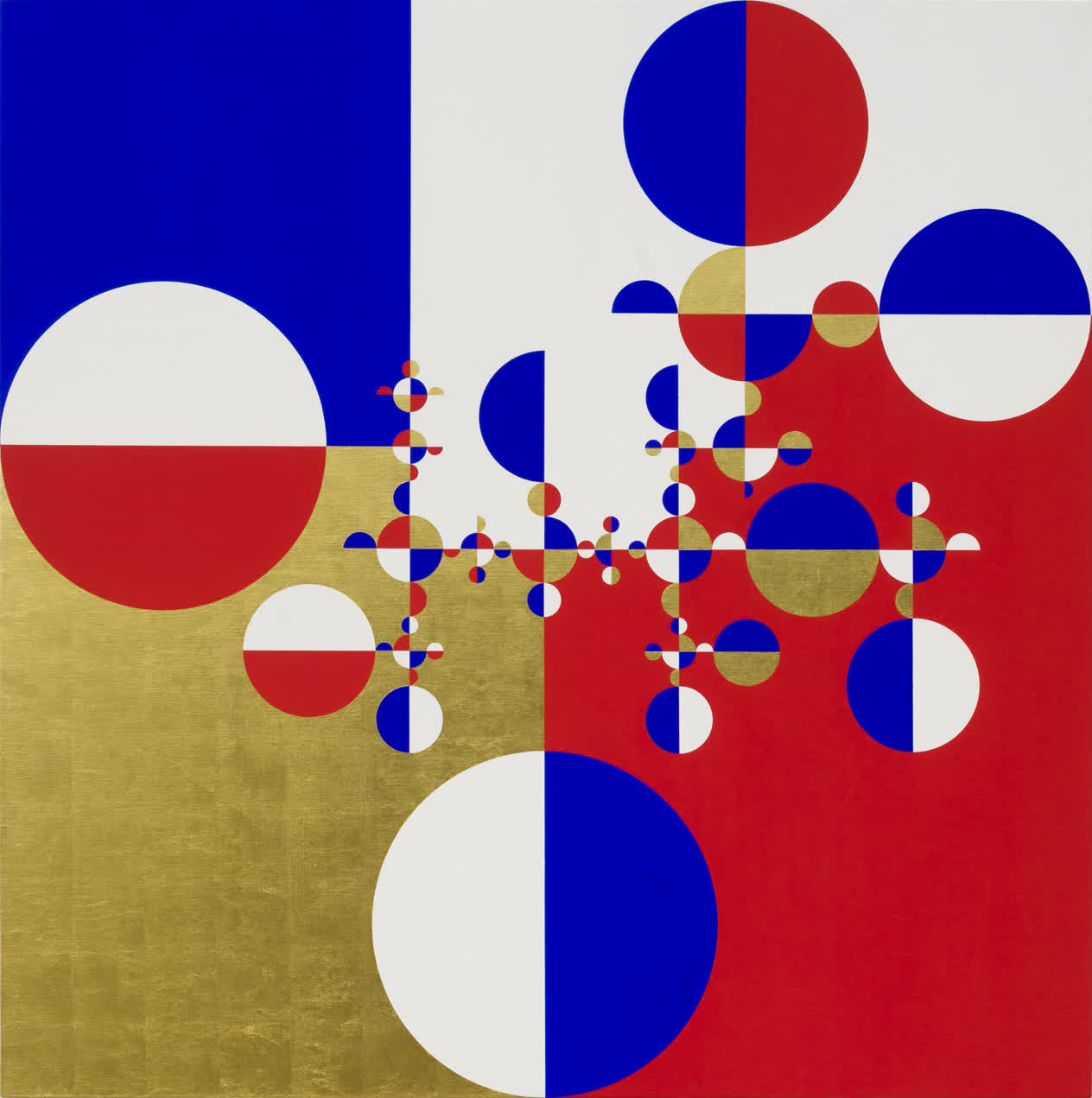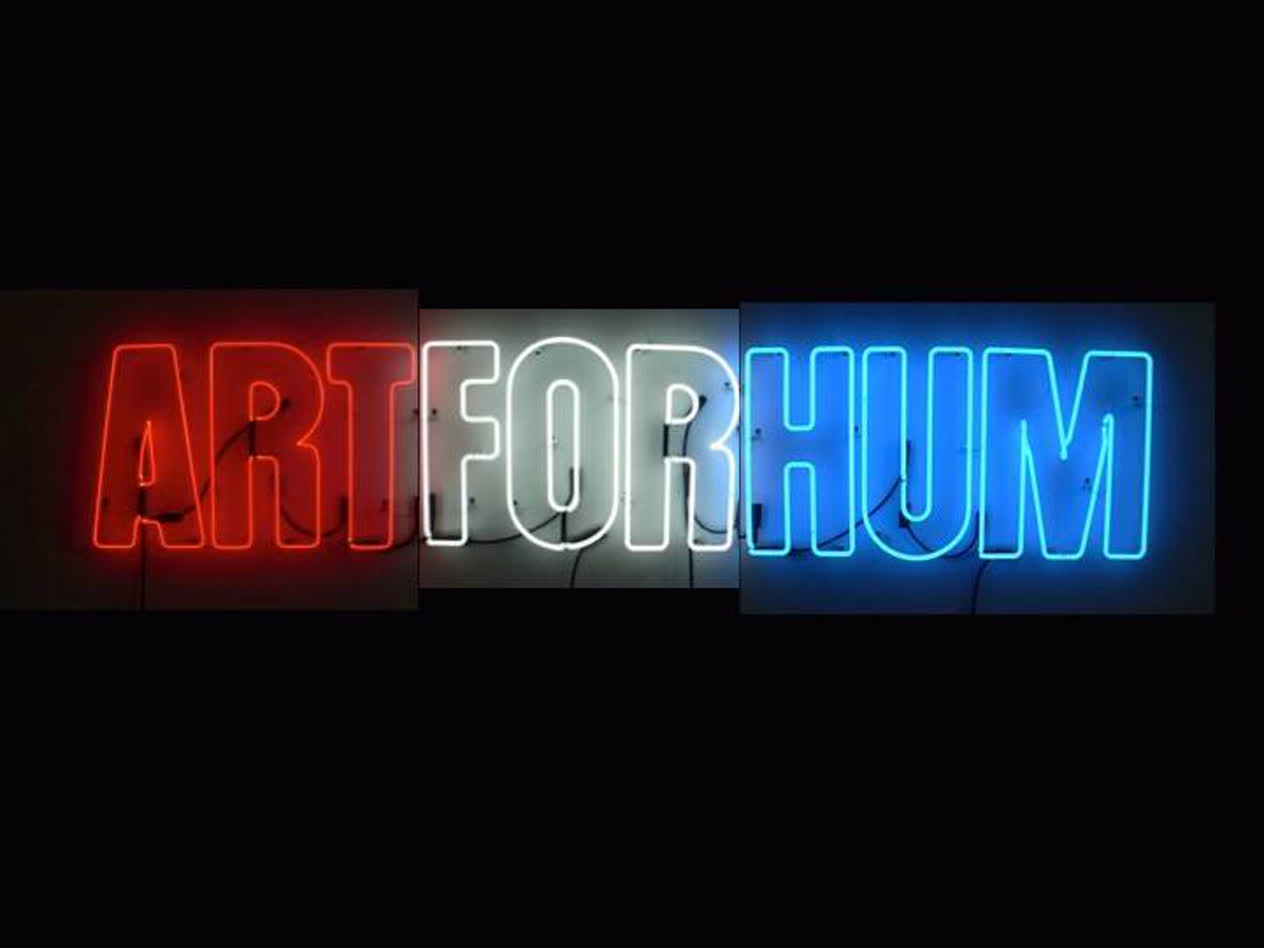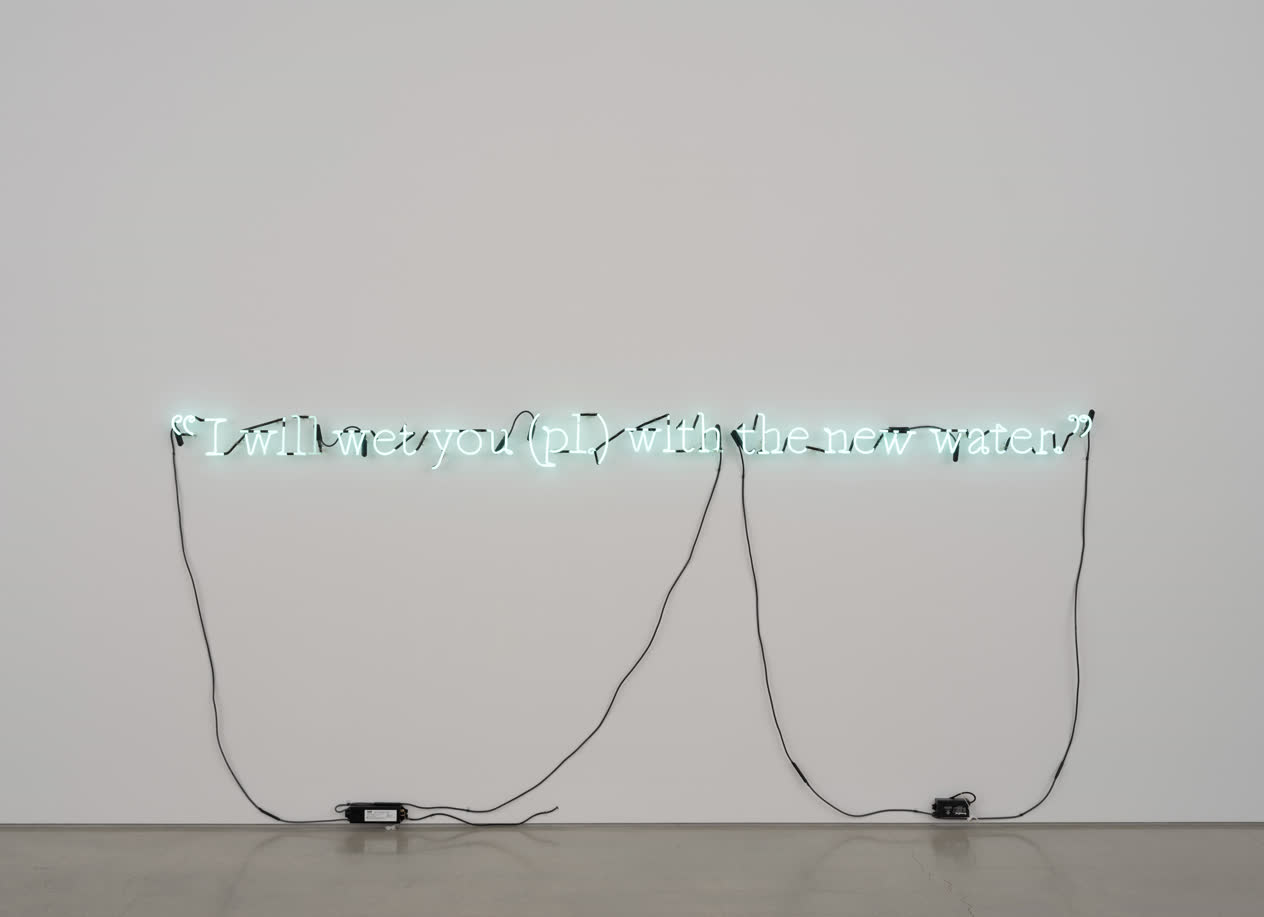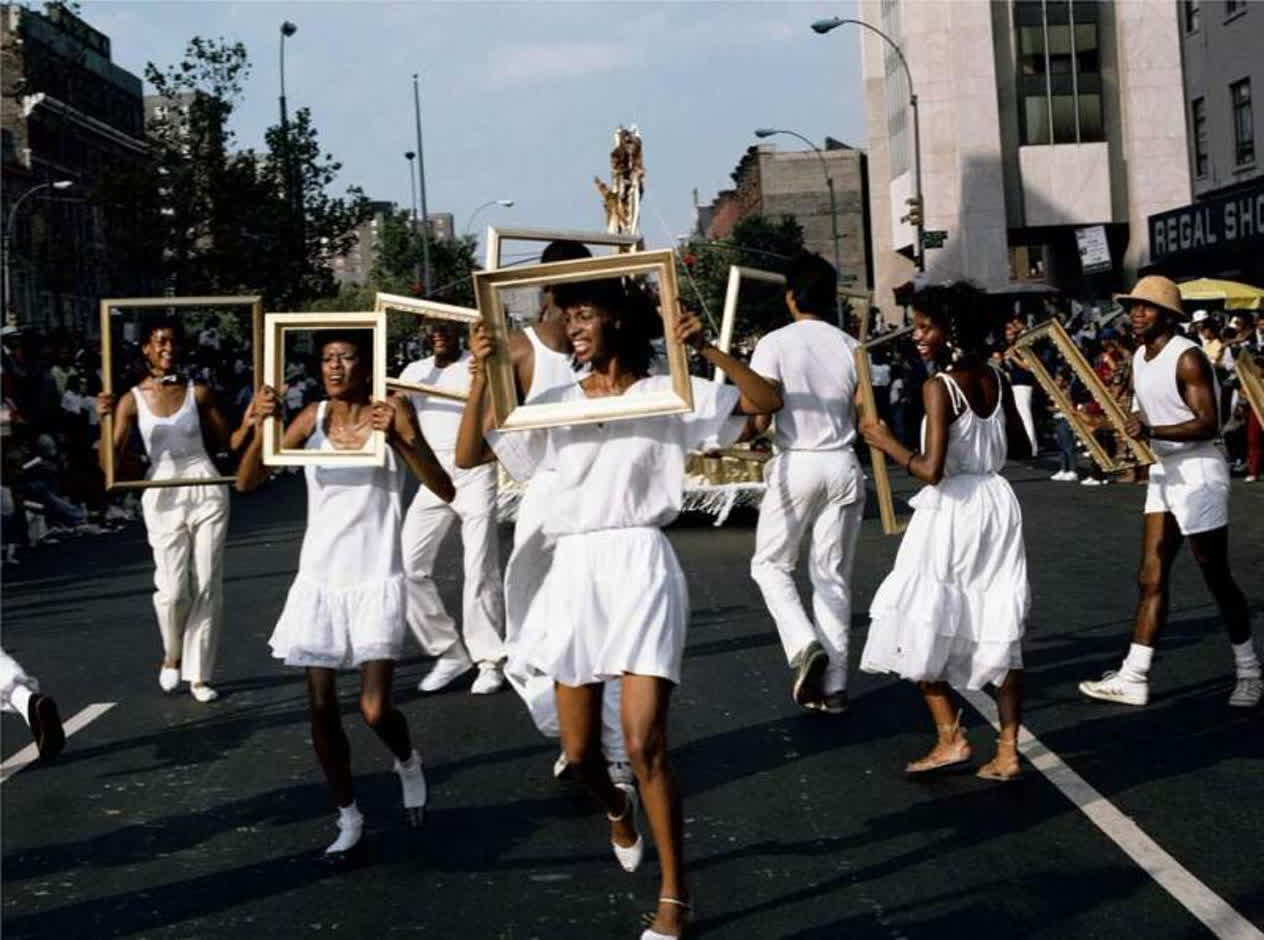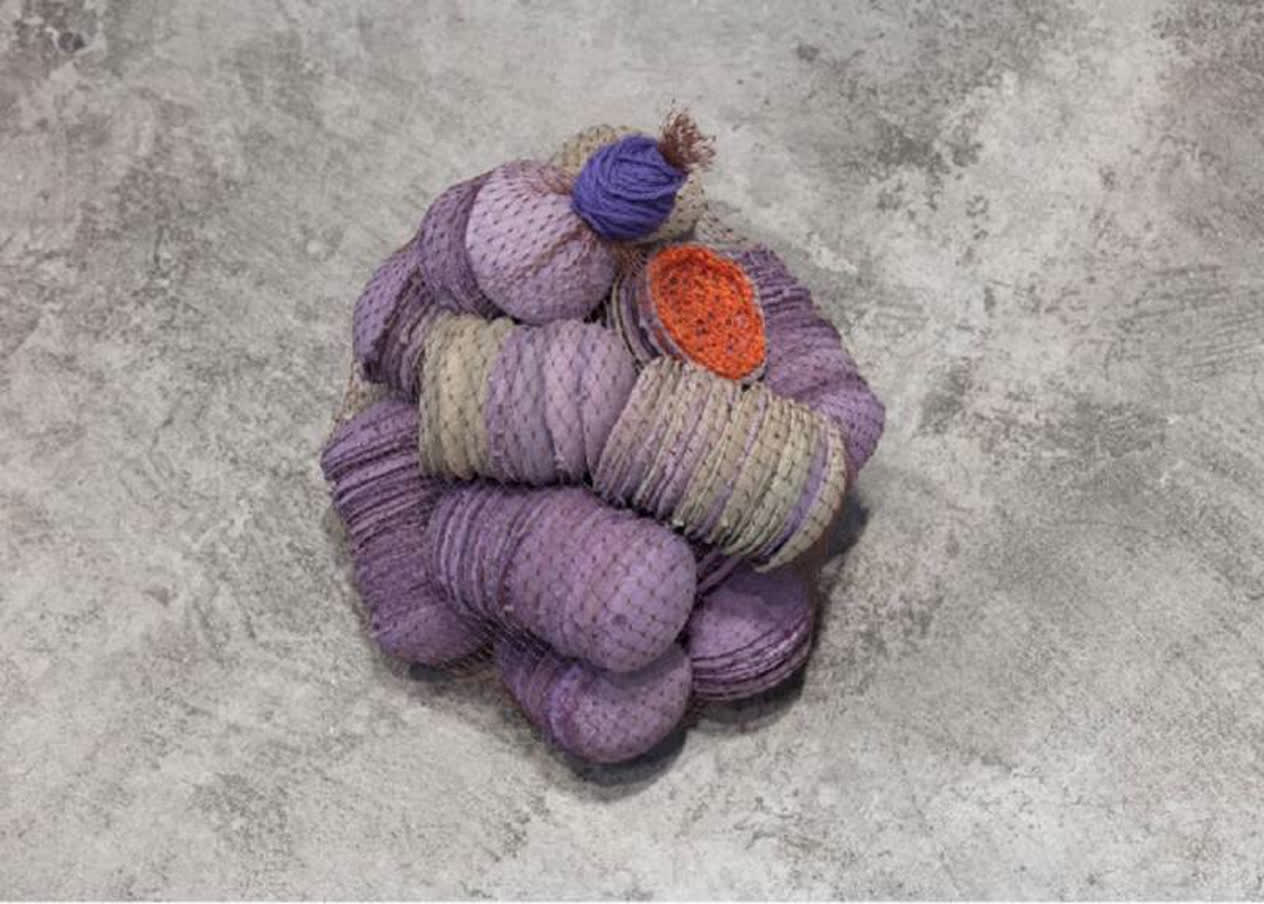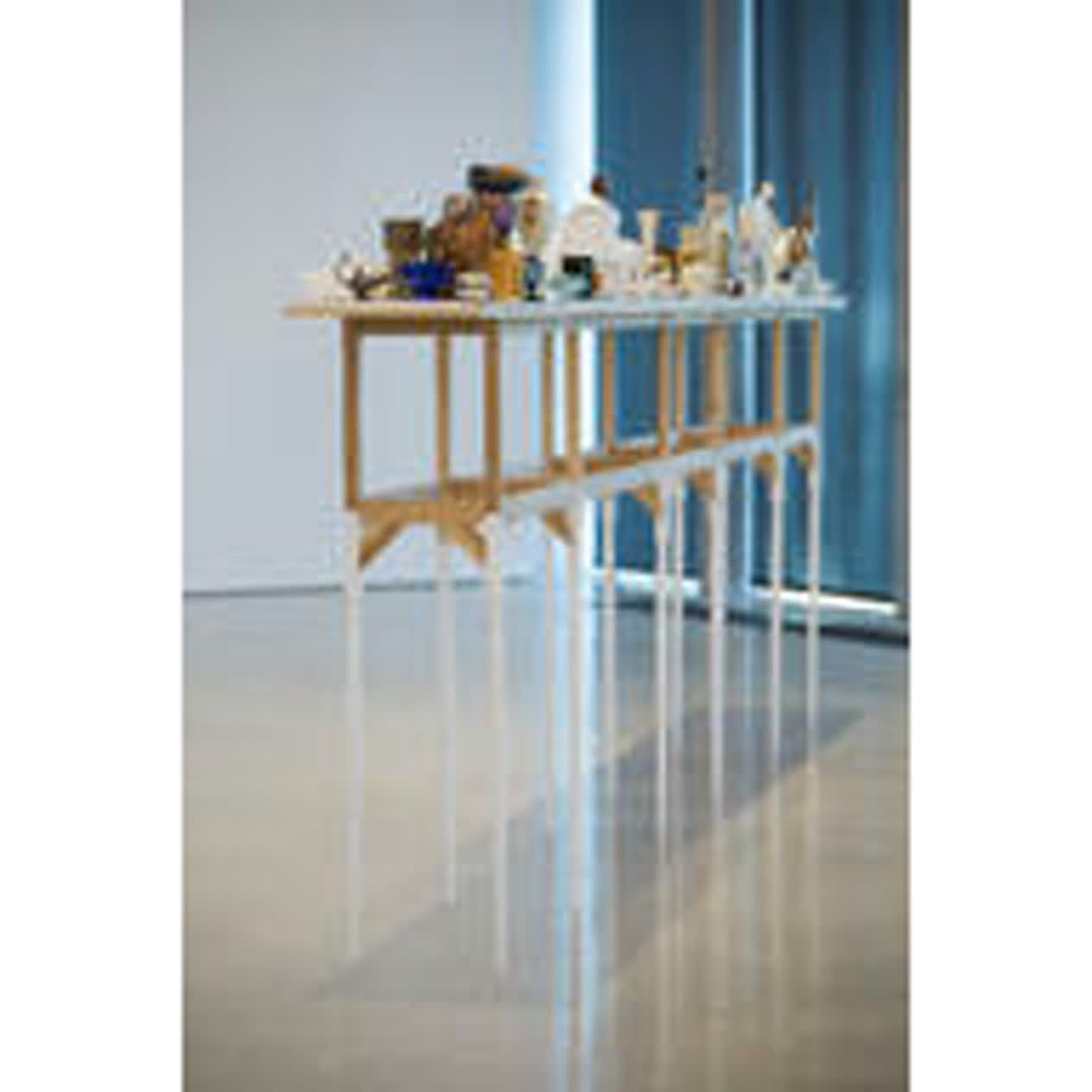José Rosabal Vanishing Points (Yellow) 2011–12
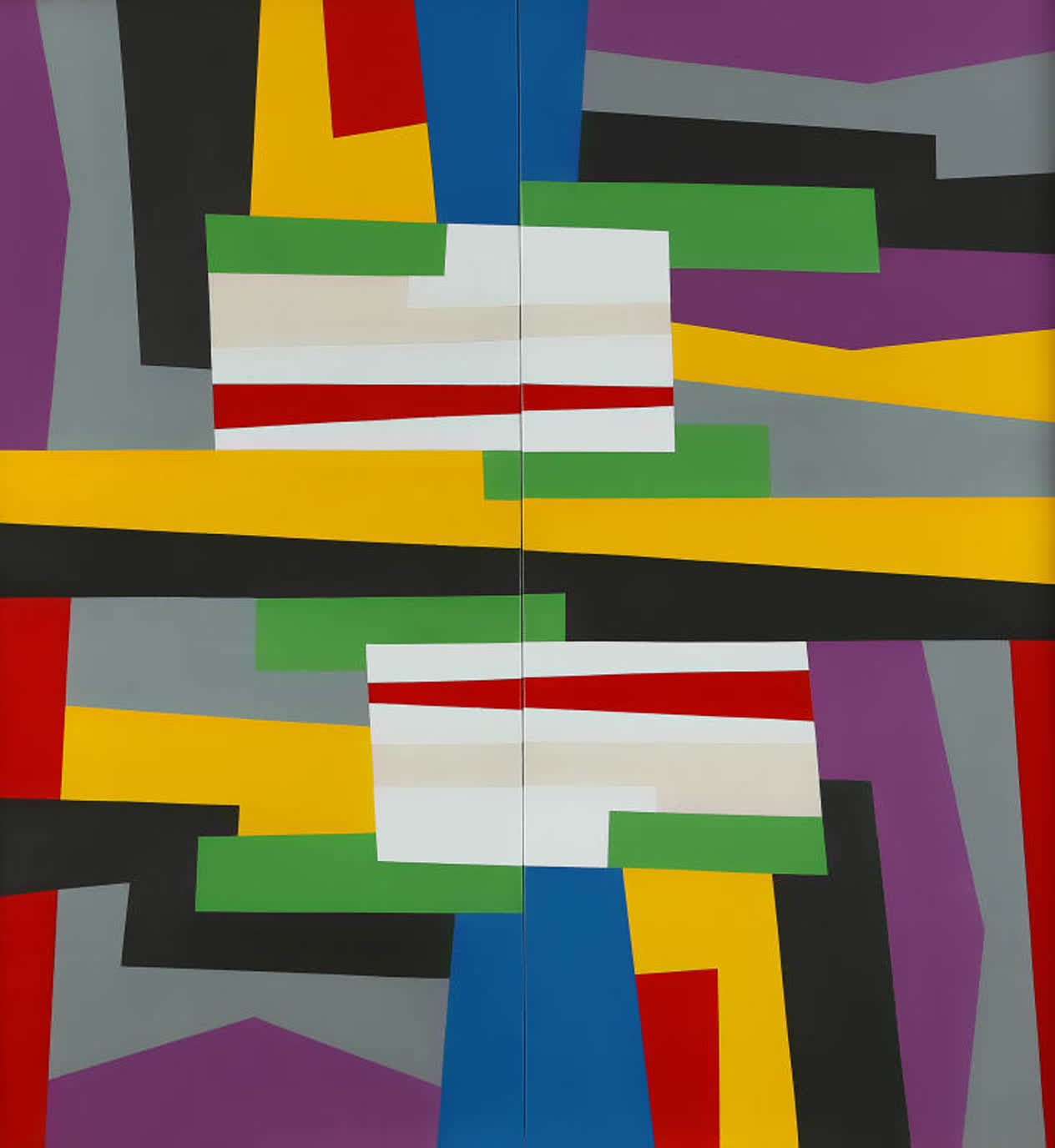
© José Rosabal

José Ángel Rosabal has been a key figure in the development of geometric abstraction in Cuba. He was part of the group Los Diez Pintores Concretos, established during the second half of the twentieth century. In 1959, the new political regime—a result of the Cuban Revolution—stimulated artistic production with clear and direct socio-educational messages, thereby excluding abstraction. Cuban abstract art was destined to spread slowly, especially concrete art, which rejected all that was natural, objective, and symbolic, and was based on representing non-figurative ideas in new universal realities. This determined the course of many lives, including that of José Ángel Rosabal, who decided to emigrate to the United States in 1968. The artist ended up creating most of his work in New York City. Vanishing points (yellow), strongly influenced by the grandeur of the buildings of the great metropolis, is made up of a group of brightly colored and contrasted architectural planes. Rosabal uses flat colors, creating chromatic effects of spatiality and vibration. In this diptych, where each part complements the other, an energetic current crosses from one end of the canvas to the other.
Identification
Title
Vanishing Points (Yellow)
Production Date
2011–12
Object Number
2017.031a-b
Credit Line
Collection Pérez Art Museum Miami, museum purchase with funds provided by Jorge M. Pérez
Copyright
© José Rosabal
https://www.pamm.org/en/artwork/2017.031a-b
Copy artwork link
Physical Qualities
Medium
Acrylic on canvas
Dimensions
Two parts: 69 x 65 inches
Visual Description
“Vanishing Points (Yellow) is an acrylic painting on canvas by the artist Jose Rosabal. The painting is in vertical orientation, meaning that its shortest side runs parallel to the ground. It is built in two equal parts, with both coming together to measure almost six feet tall and just over five feet across.
This painting is strongly influenced by the grandeur of the buildings of the great metropolis of New York City, after the artist emigrated to the United States from Cuba in 1968. The painting itself is composed of flat rectangles all over made with bright contrasting colors.
The rectangular bands of color that make up the painting are mostly the same size, at about four or five inches wide. The bands are mostly dark purple, gray, black, green, red, and deep yellow. The center of the painting is marked by a single black stripe that sweeps straight all the way across from the left towards the right descending a very slight angle. This black band divides the upper and lower halves of the painting, with each side seeming to mirror each other.
The top half of the painting has these dark rectangular bands of color beginning at the top left corner. These stripes come down, then bend towards the right at ninety degrees, continuing off the canvas to the right. The bottom half of the painting does the same, but in the opposite direction. Bands containing the same colors sweep in from the bottom right corner of the painting, bend ninety degrees towards the left, and continue off the canvas.
In the center of both halves, two larger write rectangles seem to float above the bands of color. They contain stripes of light beige, green, and red within their parameters. Overall, each part of this diptych complements the other, creating almost like an energetic current crossing from one end of the canvas to the other. “






